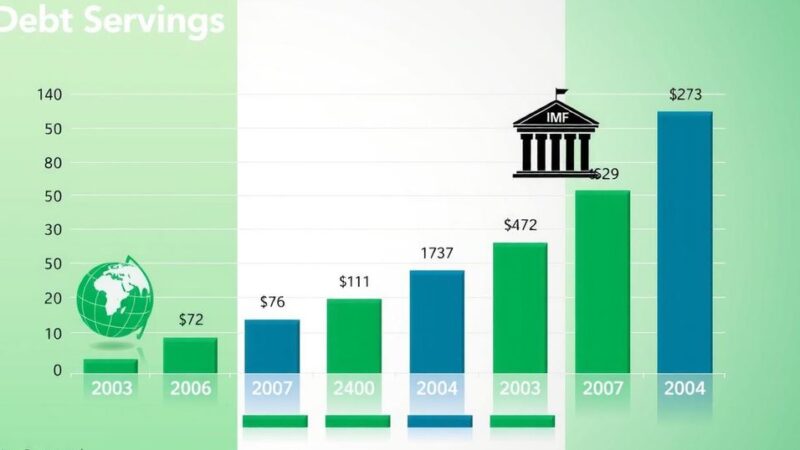President Trump announced reciprocal tariffs effective April 2 due to high tariffs from India and China. India has until then to adjust its import duties, while a multi-ministry committee evaluates the trade impact. Trump’s tariffs aim to address long-standing trade imbalances, extending scrutiny to non-tariff barriers as well. China has warned it is prepared to confront US trade actions.
In a recent address to the US Congress, President Donald Trump denounced the excessively high tariffs imposed by countries including India and China, labeling them as “very unfair.” He declared that starting April 2, the United States would introduce “reciprocal tariffs,” which necessitates India evaluating and potentially adjusting its import duties on US goods within a short timeframe of four weeks.
The Indian administration, in anticipation of these developments, has convened a multi-ministry committee tasked with assessing the implications of these reciprocal tariffs on US-India trade. This action follows discussions between Trump and Indian Prime Minister Narendra Modi, where both leaders agreed to negotiate a comprehensive bilateral trade agreement aimed at fostering economic cooperation before the end of the year.
China has responded assertively to the impending US tariffs, with the Foreign Ministry affirming its readiness to engage in confrontation if provoked, stating, “If war is what the US wants, be it a tariff war… we’re ready to fight till the end.” Trump’s assertion that India imposes tariffs as high as 100% signifies an ongoing trade tension, with the president emphasizing, “The system is not fair to the US, it never was.”
The proposed reciprocal tariffs are part of Trump’s broader initiative to reform US trade policies, targeting imports from key trading partners including Canada, Mexico, and the European Union. He articulated that the new framework would ensure that tariffs are imposed not only based on rates but also considering non-tariff barriers such as subsidies and regulatory obstacles, thus aiming to rectify perceived trade imbalances that disadvantage the United States.
In summary, President Trump’s announcement of reciprocal tariffs reflects a significant shift in US trade policy, particularly targeting high tariffs from nations like India and China. With India facing a tight deadline to respond, the situation necessitates careful evaluation of its trade agreements. Meanwhile, responses from China reveal the potential for escalating trade tensions. This scenario underscores the complexities of international trade relations and the impact of unilateral policy changes.
Original Source: www.tribuneindia.com






